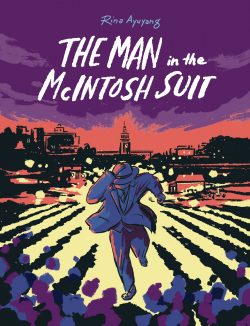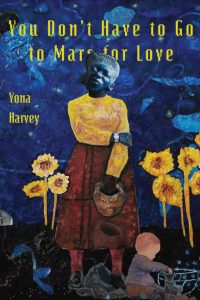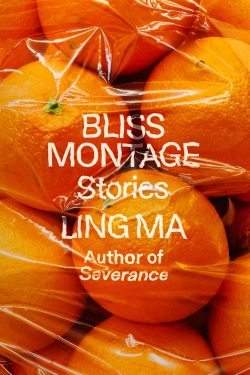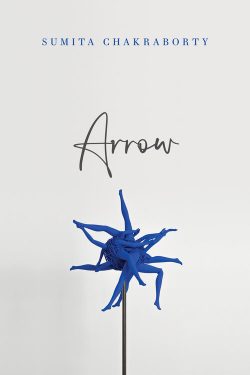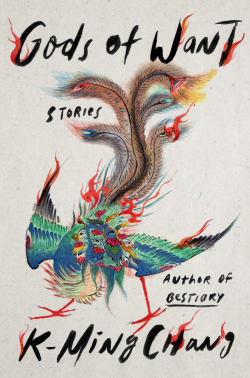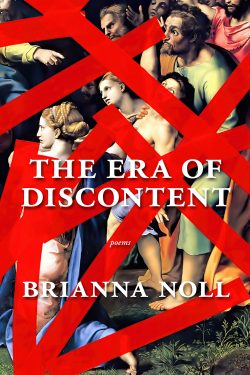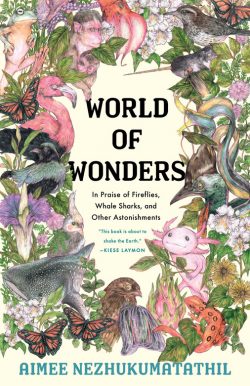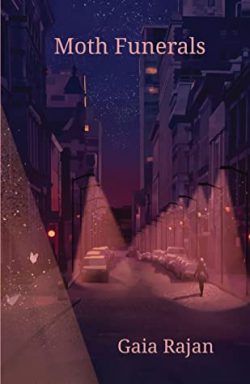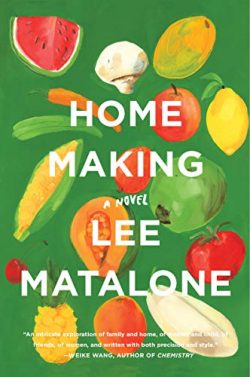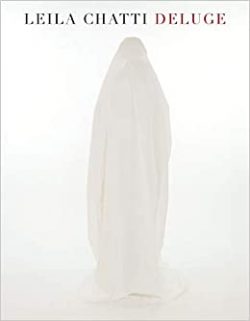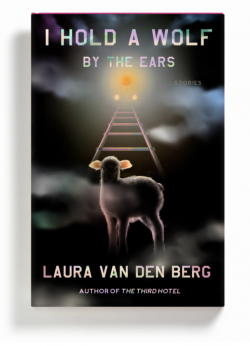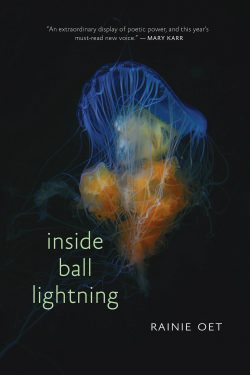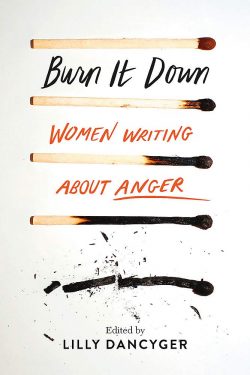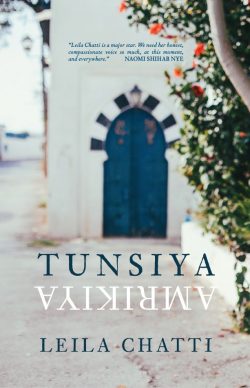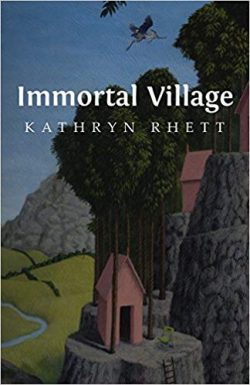Rina Ayuyang’s The Man in the McIntosh Suit eschews the pursuit of prosperity typically associated with the American Dream, and instead centers one man’s search for intimacy and home. Bobot is a Filipino law school graduate turned migrant farmworker who spends his free time writing love letters to the wife he left behind in the Philippines, even after he’s stopped receiving a response. When he hears a rumor that his wife was seen in America, he sets out on an adventure that carries us from the farms of rural California to the seedy speakeasies of San Francisco, desperate to find his lost love.
Set at the onset of the Great Depression, Ayuyang paints a picture of the national unrest looming over Bobot with precision. Farmworkers whisper about distant protests, and discuss the measures they’d have to take to organize. The book itself opens with a true-to-life opinion piece written by Paul Scharrenberg, a representative of the American Federation of Labor. “There are enough Filipinos in this country at this time to create a problem,” it begins. “They are very lazy, and very vain. They are very quarrelsome… They have no idea of honor, or honesty, or fairness… I believe they should be excluded from this country.” This sentiment manifests within the story on a few striking occasions, most notably in a beating that takes place after a farmworker dances with a white woman in a pool hall. While characters move through immigrant communities for the majority of the book, these instances are more than enough to remind the reader of the racial hostility that awaits them when they stray too far.
Those coming from Ayuyang’s kaleidoscopic memoir, Blame This on the Boogie, may be surprised by the book’s simple color scheme. But just as the story of The Man in the McIntosh Suit draws on the noir genre, so does its aesthetic. Large segments are rendered monochromatically in blue, or green, or rosy golds and reds. These shades intrude on each other at key moments of transition or deep feeling, dazzling the reader as Bobot delves into the mystery of his lost wife. Ayuyang’s love of music also makes a welcome return in this volume, with lyrics of Depression-era songs floating across panels, and playlists of said songs shared on the final pages. When combined, all amounts to a gorgeous love letter to Hollywood’s romantic, black-and-white era, without Ayuyang losing sight of her own distinct flair.

And in The Man in the McIntosh Suit, love is in the heart of things. It drives Bobot’s journey, and as the story unfurls, we learn how it’s driven the lives of the characters in his orbit. There could be a version of this story that centers the economic and racial inequities Bobot and his friends face. It is crucial that many versions of that story have been and continue to be told. But, while Ayuyang doesn’t lose sight of those injustices (just as love drives each character’s journey, a lack of money reliably inhibits it), prosperity and social acceptance isn’t the object of Bobot’s pursuit. Romantic love, platonic love, familial love, and queer love are at the forefront of this story, yearned for and celebrated. In the face of human relationships, country and what it promises you becomes circumstantial. This is a story about how loved ones are home. “But let me ask you,” Bobot says to his wife, “if you could be anywhere, then tell me where I would be?”
The Man in the McIntosh Suit is an ode to Depression-era noir that insists on romance, on hope. All this, without sacrificing the genre’s trademark thrills. We get our heists, our thrilling chases. Mystery begets mystery. As all good adventures do, The Man in the McIntosh Suit left me equal parts hungry and fulfilled. I set down the book longing for these characters, and looking forward to Bobot’s next chapter. Not unlike its characters, I felt nostalgic for a world I was uprooted from far too soon.

